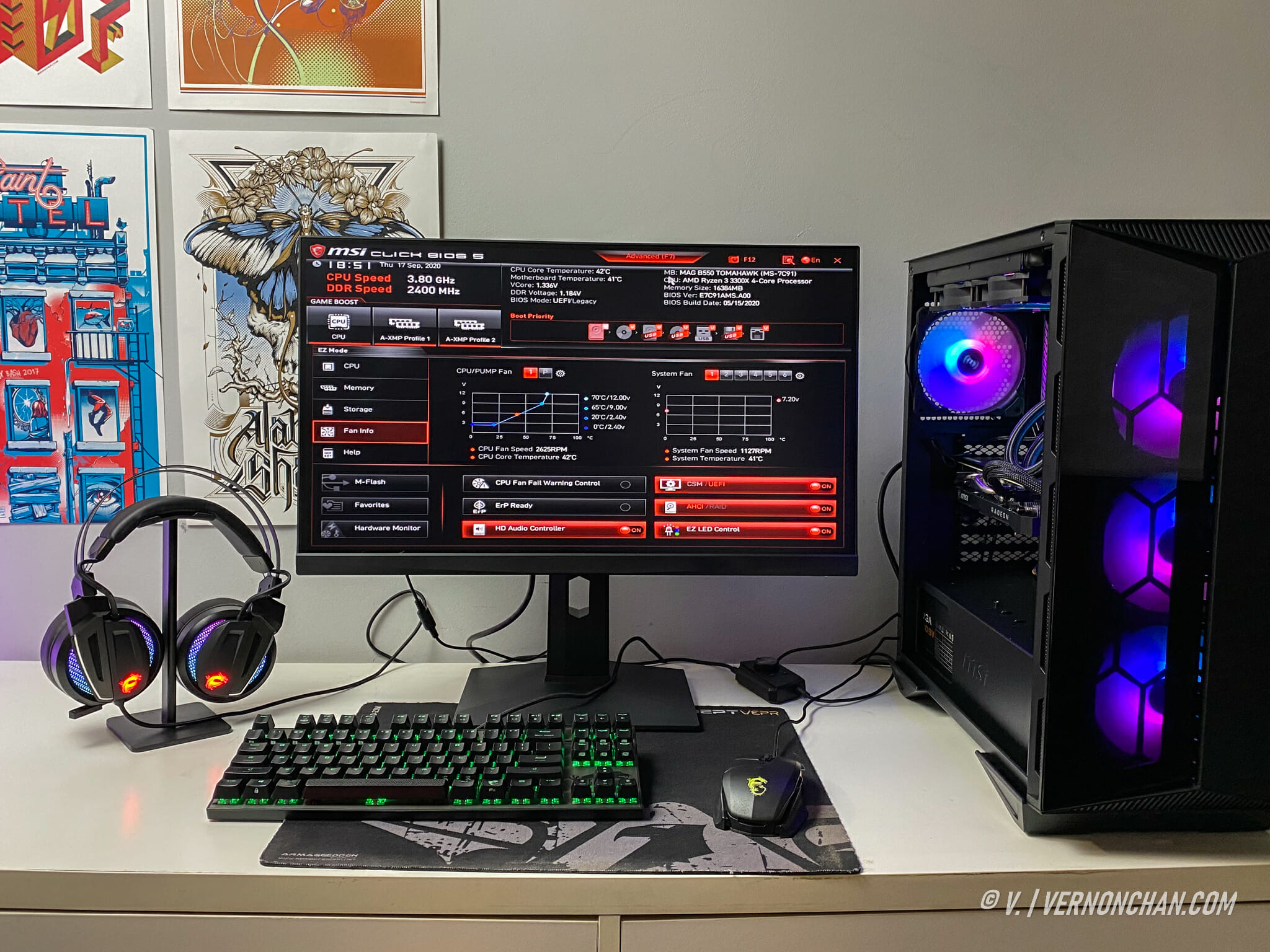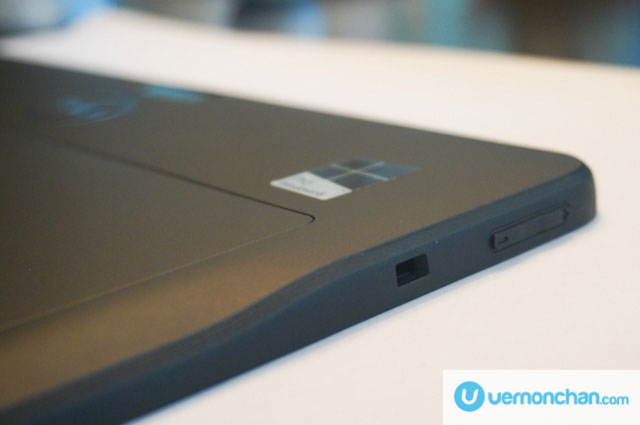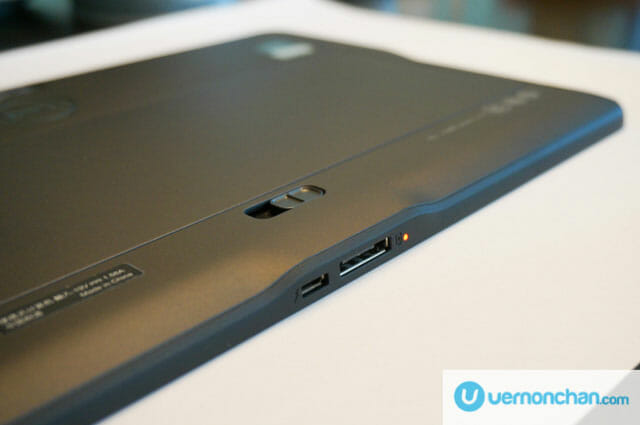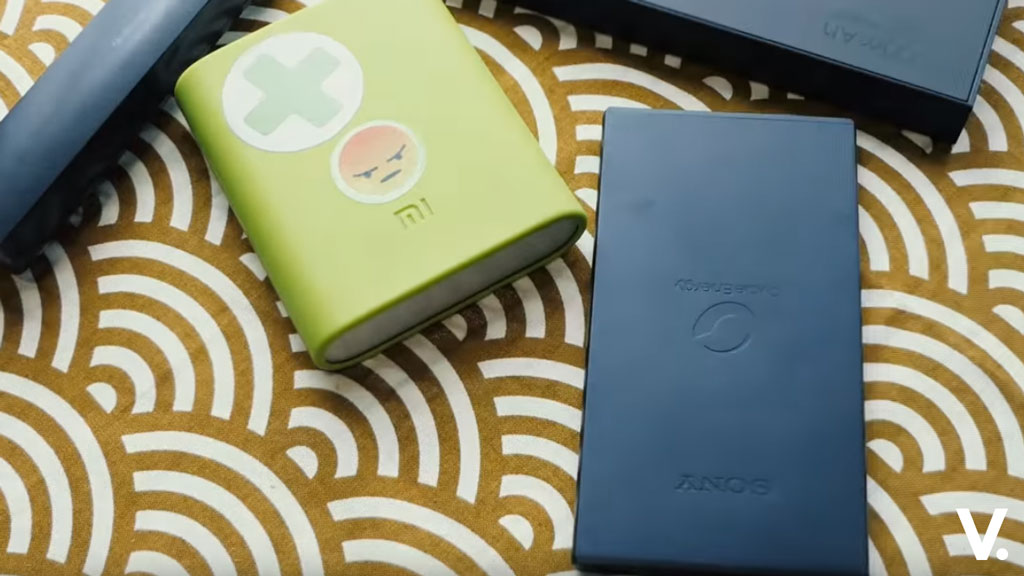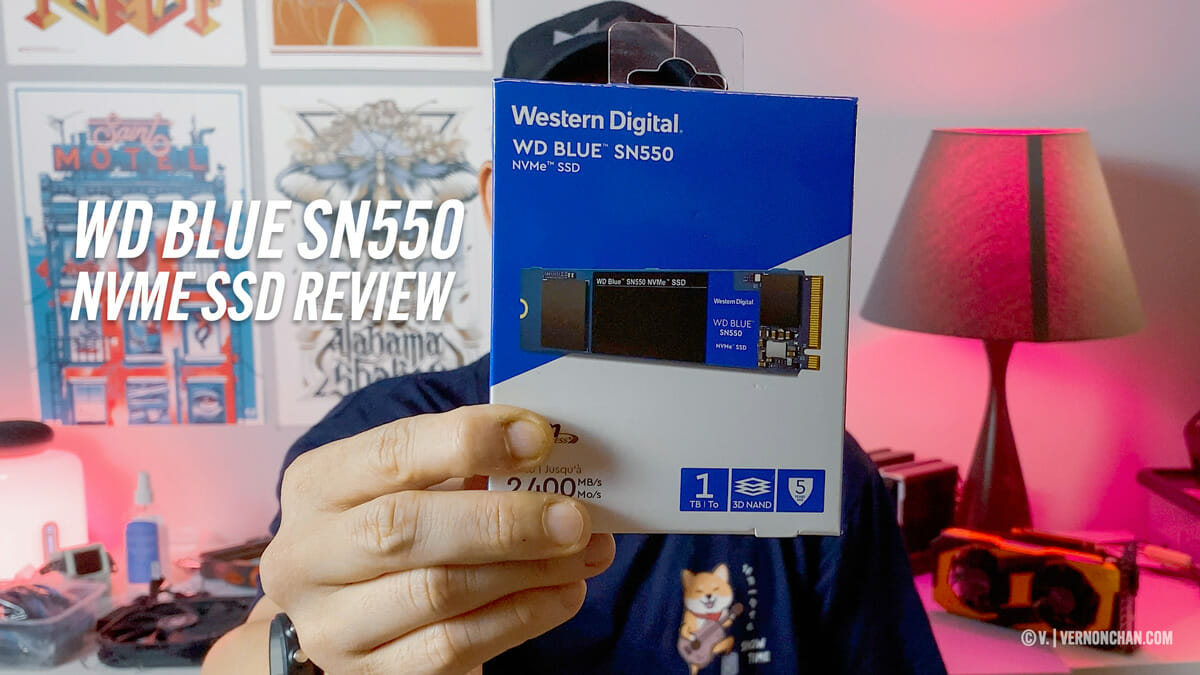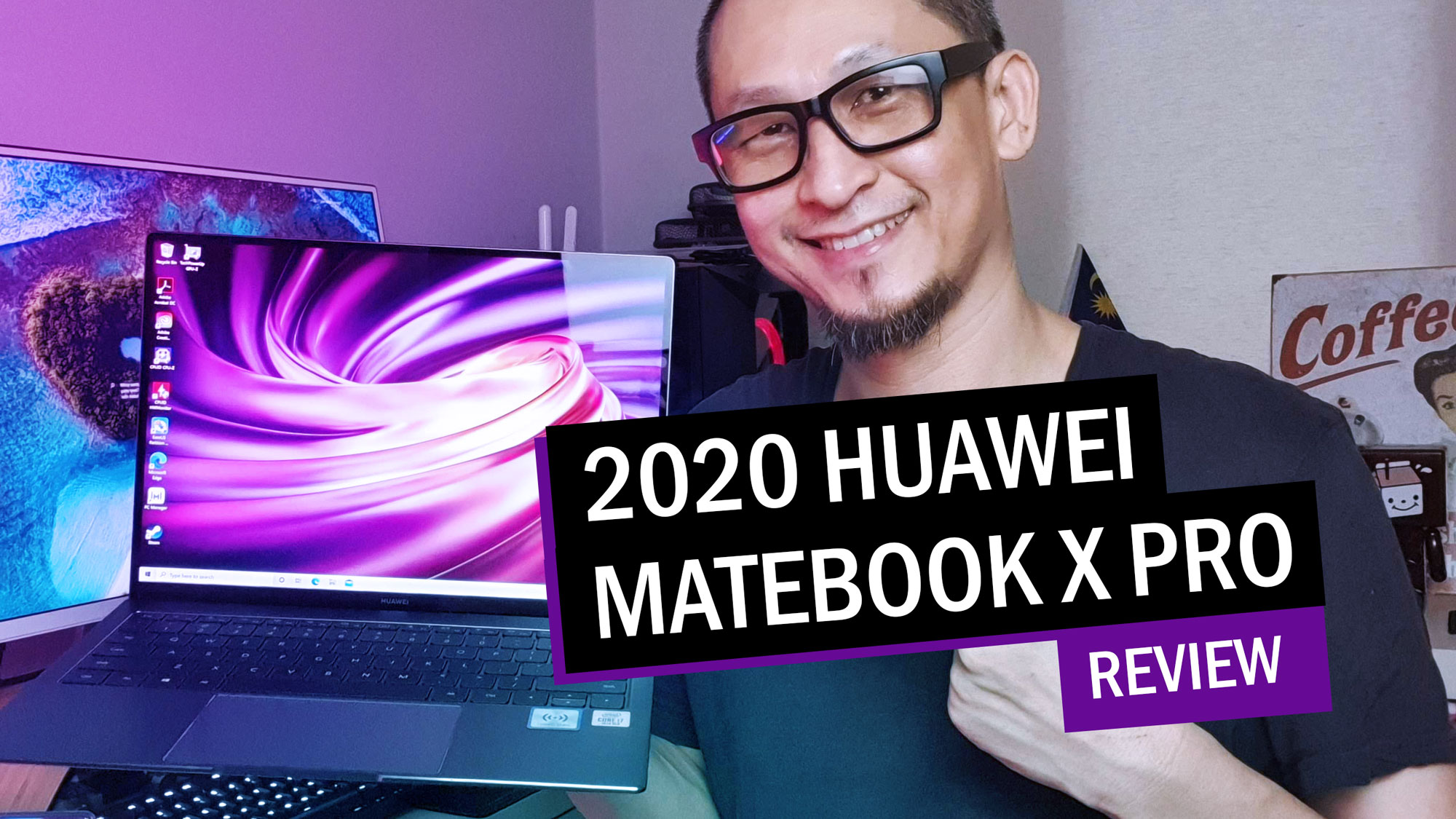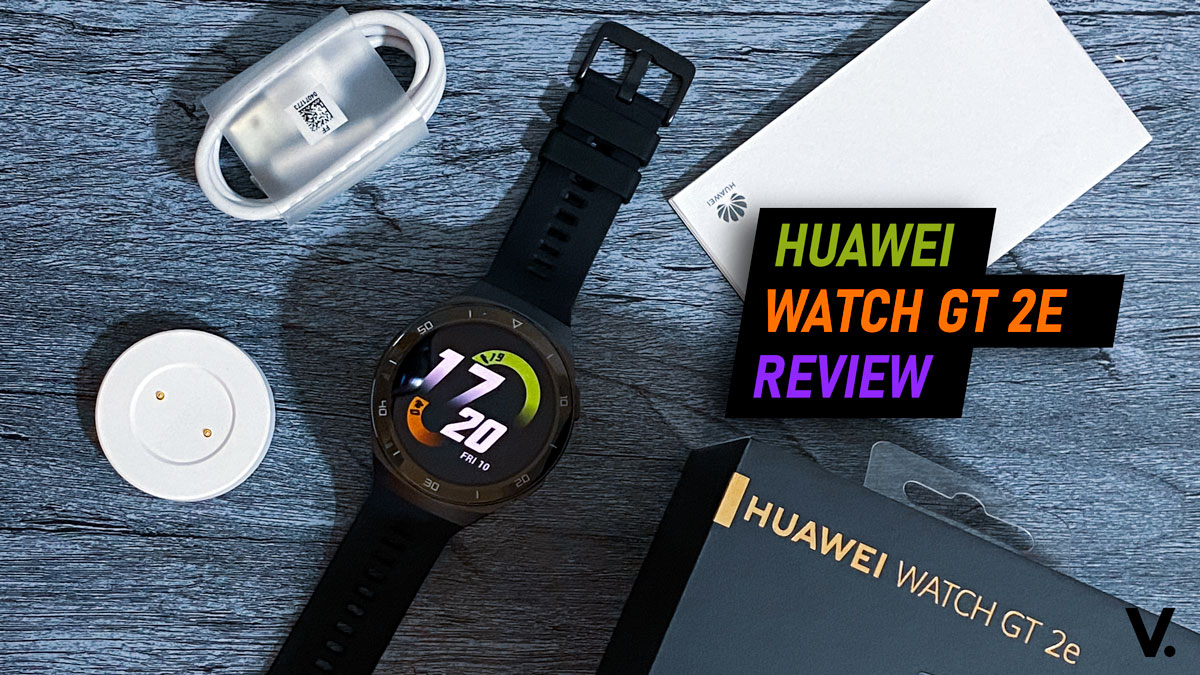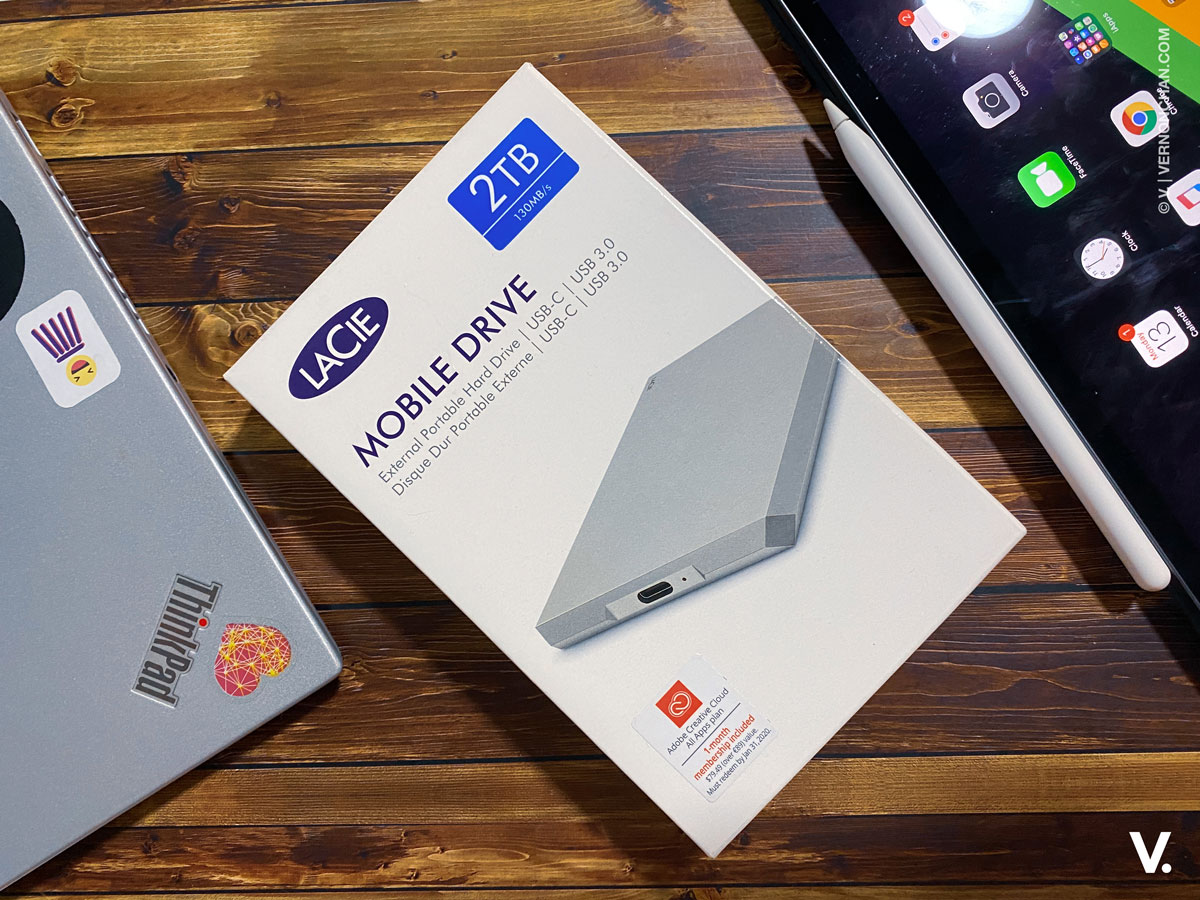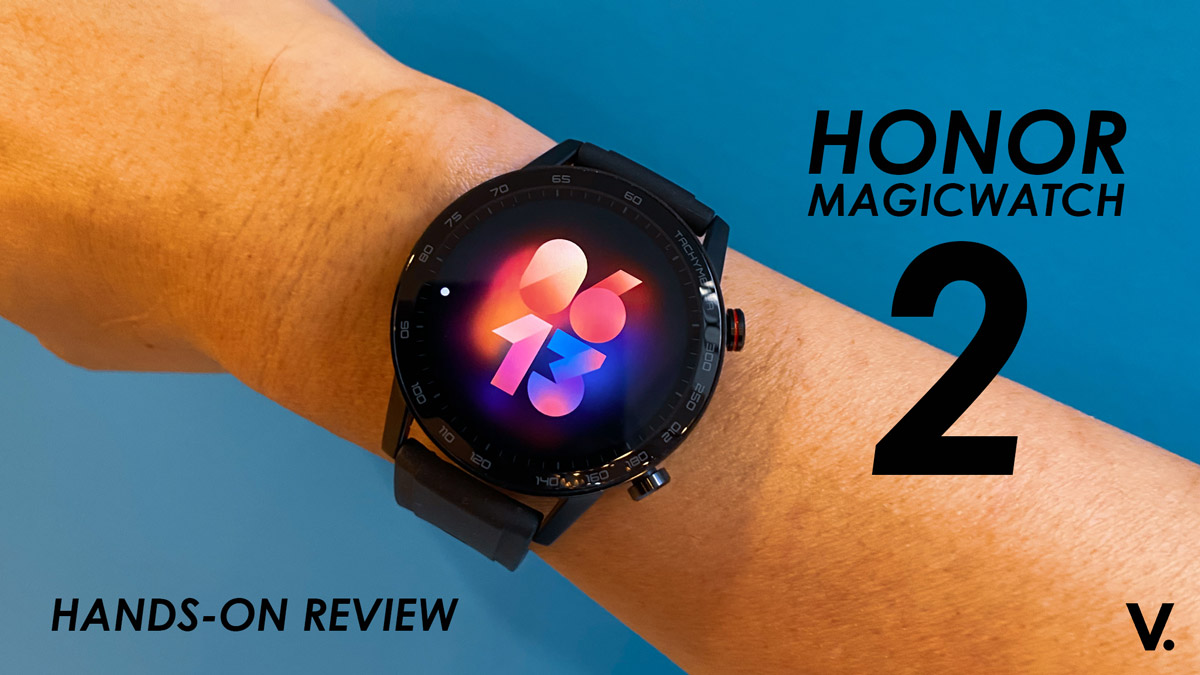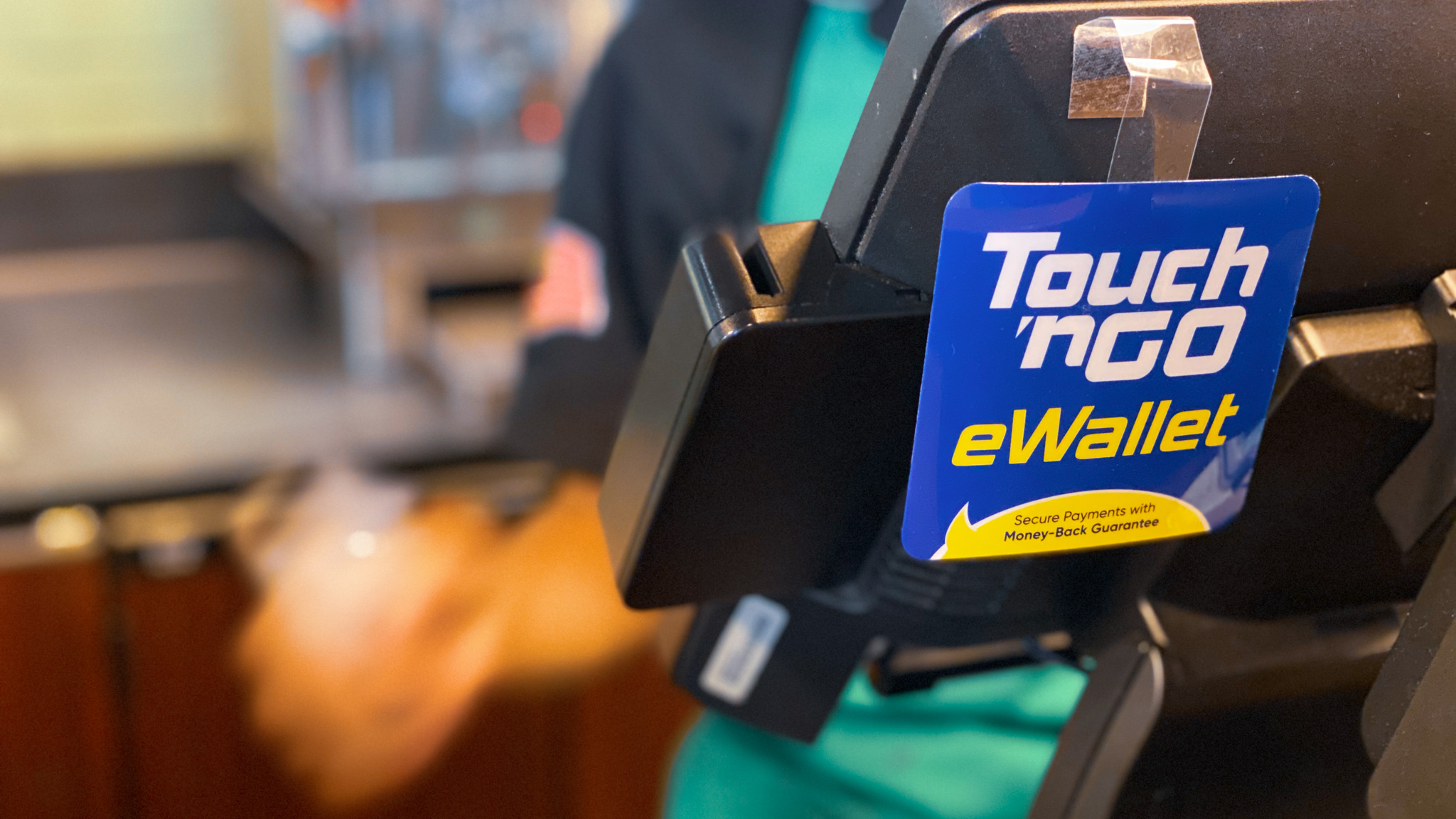Dell isn’t a stranger to the tablet form factor. Remember the early Android-powered Dell Streak 5 and 7 tablets circa 2009-2011? Considered ahead of its time although sadly they didn’t enjoy much commercial success. Fast forward to 2013, Dell is back in the tablet game with a difference. The Dell Latitude 10 is Dell’s first Windows 8 tablet, and targeted for business. Dell Malaysia kindly loaned us a unit for several weeks for a review. Read on.
First thing’s first. A tablet for business users. What does that mean? A serious outlook? Security features? Compliance to policies? Boring?
I’ll attempt to answer all that in a bit.
Design and build
The Dell Latitude 10’s design is pretty straight forward, inoffensive, somewhat ‘corporate-looking’ if there’s such a description. But perhaps that’s what business users look out for. Something unassuming, professional, minimalistic. And on all counts, the Latitude 10 exudes all that.
Its black rectangular frame is made of reinforced magnesium-alloy, with its 10.1-inch display reinforced with Gorilla Glass. It’s solidly-built. I like the soft-touch resin finish on the back, which gives it a comfortable, non-slip grip.
At 10.5mm it isn’t the slimmest tablet around, but being comparatively light at 658g (depending on configuration), it feels pretty good in the hands. There is a reason why it doesn’t sport a super slim profile though, because it features a plethora of ports and connections.
At the front is the 5-point multi-touch display that’s surrounded by an unusually wide bezel. Above the display is a 2MP front-facing camera. A single physical Windows home button naturally sits underneath the screen.
Up on the top edge is a power button, auto-rotate toggle, SD card and mini-SIM slot. Down at the bottom is a docking connector and microUSB port.
On the left is a volume rocker and a Kensington lock slot. And on the opposite side is a USB 2.0 port, mini-HDMI port and a 3.5mm headphone/mic jack.
On the back, things are kept minimalistic as well. An 8MP camera with LED flash occupies the top, with a removable 30Whr battery occupying 2/3rds of the back plate, with a slide lock beneath. Speaker vents feature on either side.
All in all, an unremarkable but pleasing outlook. I might even say it’s quite a handsome-looking tablet.
Key features
The 10.1-inch IPS HD (1366 x 768 pixels) display is crisp and bright. With a 450-nit brightness rating, display colours are vibrant and accurate. Being an IPS screen, viewing angle is good, and performance under bright light is also good although it would be better if it didn’t come with a glossy finish.
The display has Wacom Active Stylus support and an optional Wacom stylus can be used for notes, drawing and doodling (RM79).
At the heart of the Latitude 10 is of course the low-powered Intel Atom Z2760 (“Clovertrail”), a dual-core member running at 1.8Ghz, integrated with Intel Graphics Media Accelerator. A common processor found in Windows 8 tablets and a decent performer at that. The chip scores around 1,400 with PCMark7, a figure consistent with other Atom-based tablets in its class (ASUS VivoTab Smart, Lenovo ThinkPad Tablet 2).
A somewhat bare minimum 2GB DDR2 memory occupies the solitary memory slot, with 64GB of SSD storage built-in.
The great thing about the Latitude 10 is the almost notebook-level connectivity – SD card slot, USB 2.0 port, micro-USB port, mini-HDMI port and 3.5mm headphone/mic jack. It also has Wi-Fi 802.11n networking built-in.
The 2-cell 30Whr removable battery is good for a rated 9-hour battery life. An optional 4-cell (60Whr) Lithium Ion battery extends this to a whopping 13 hours, at the expense of aesthetics and weight of course.
Built-in security features include enterprise-class security and management – Hardware TPM 1.2 and Software TPM and DDP|A (Dell Data Protection Access).
Just in case you need to take photos with your tablet (I hope not), the Latitude 10 comes with a 8MP shooter with LED flash. Functional and quite decent, even for HD video. The front-facing camera is a 2MP, certainly not great, but good enough for video chat and grainy selfies.
Software
The Latitude 10 is equipped with Windows 8 Pro (32-bit) out-of-the-box, certainly the top-of-the-line variant of Windows 8 (and thankfully not something with ‘RT’ in it), as a business tablet should have.
The touch-centric Windows 8 is perfect for the Latitude 10, at least in Modern UI (aka tablet) mode. Being the full-blown Windows 8 variant, the breadth of native Windows 8 and Desktop apps are open for exploration.
I quickly got my copy of Office365 (I have a subscription) installed, including my list of essential apps like Evernote, SkyDrive, Dropbox, Pixlr, Spotify and Steam (all work and no play makes Jack a dull boy).
Depending on configuration, a trial version of Microsoft Office 2013 is installed as standard.
In October last year, Microsoft released the much-anticipated Windows 8.1 update, and I didn’t waste time to install the feature-rich update on the Latitude 10.
With Windows 8.1, Microsoft brought back the ‘Start Button’ or a lesser version of it, and many other refinements and functional improvements.


